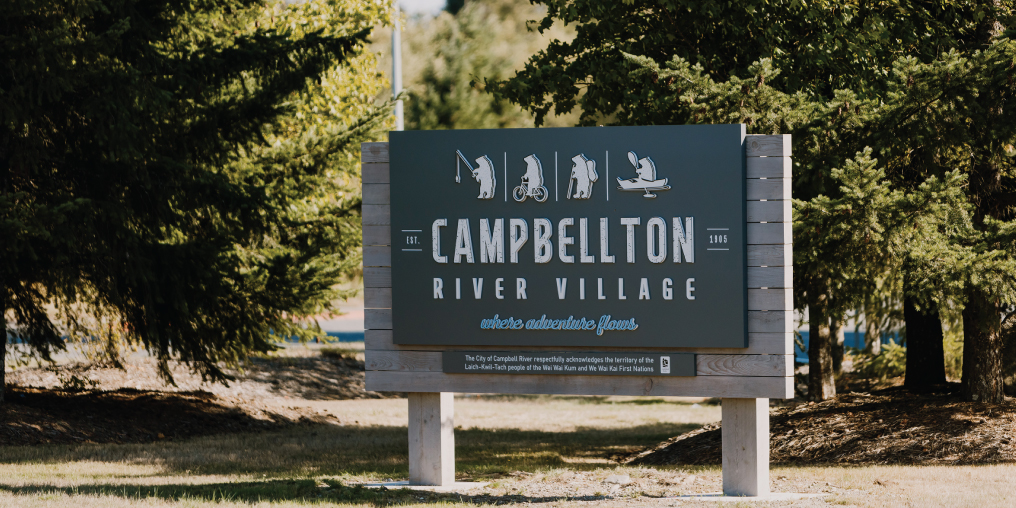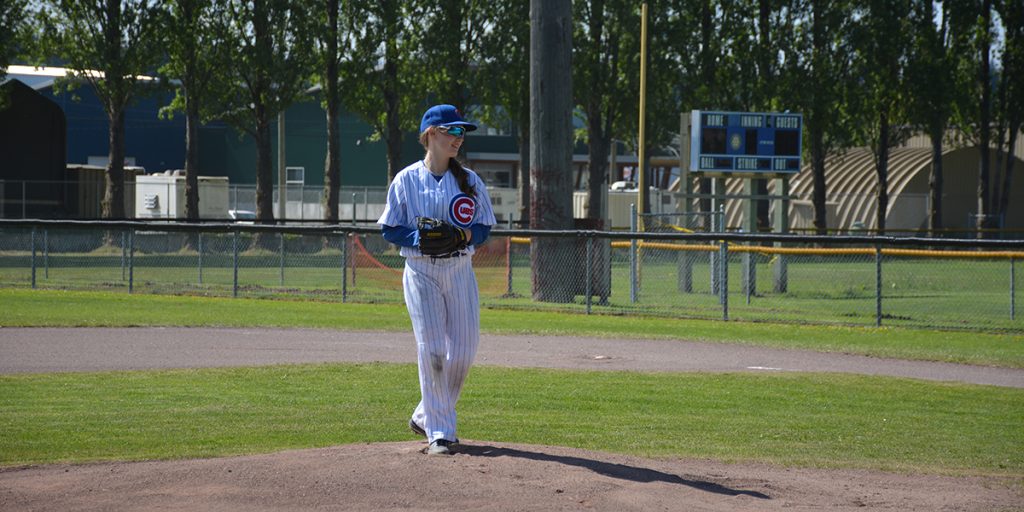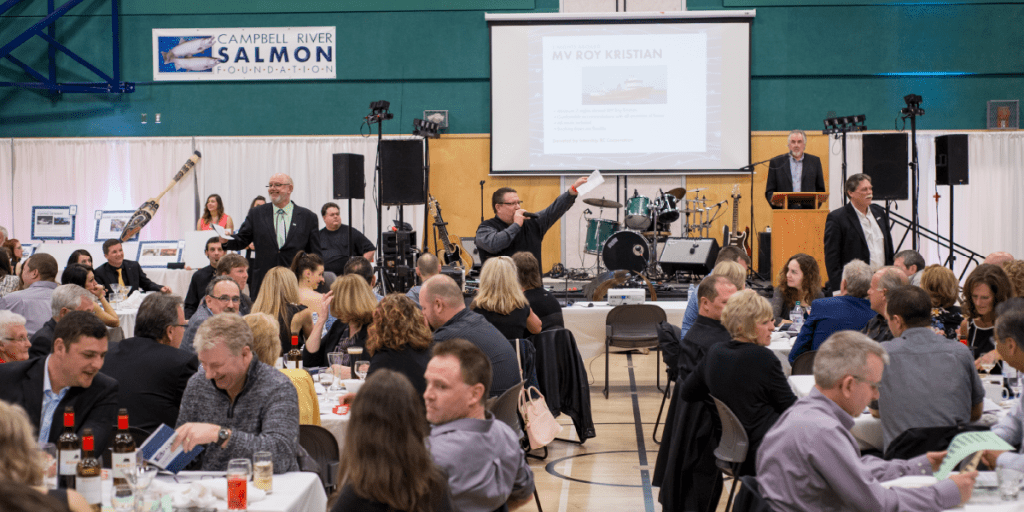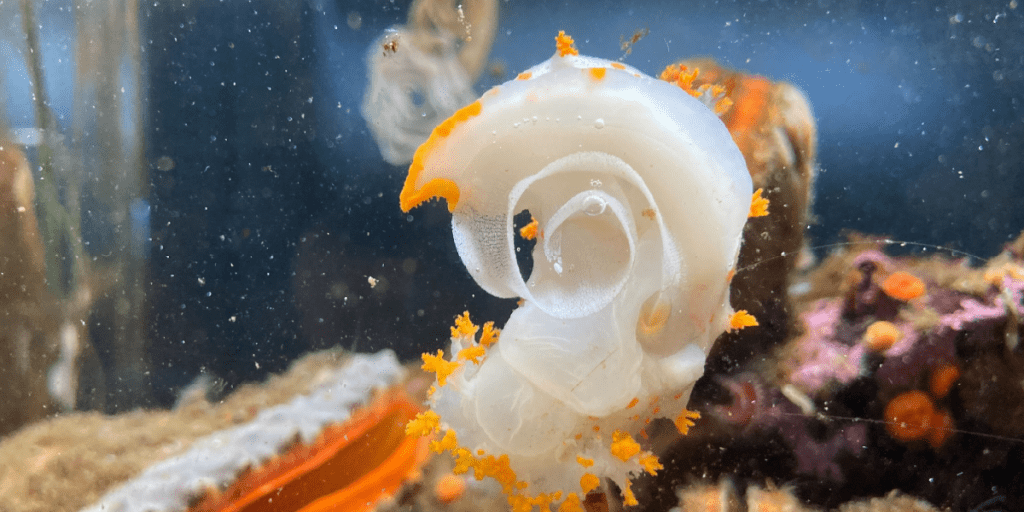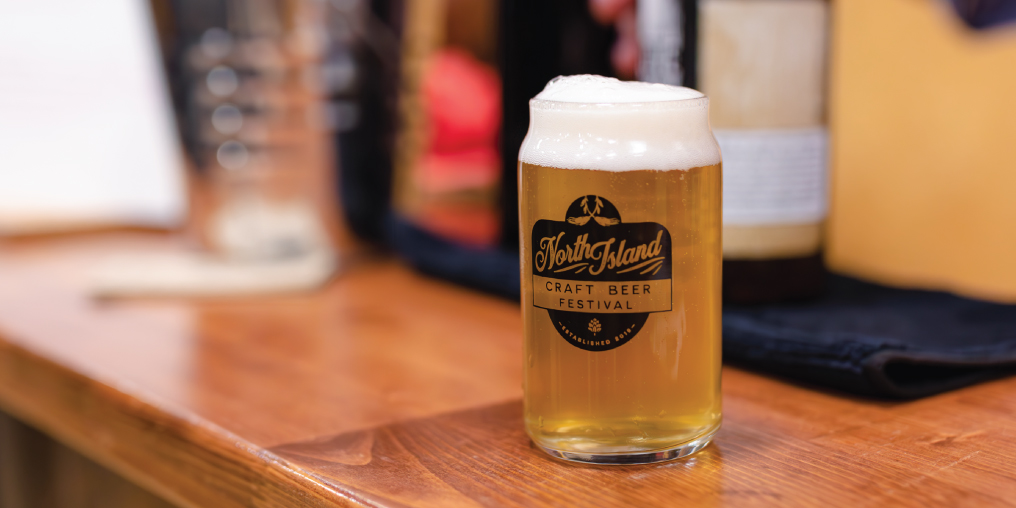For decades, the renowned Campbell River surged past the small neighbourhood of Campbellton all but unseen by passersby. In 1917, the only commercial activity in the area was a roughly constructed grocery store set on a hillock, serving the needs of the nearby logging and fishing community. Slowly, the townsite grew, but not much care was given to its natural surroundings. Only glimpses of the great waterway could be seen through the scrub bush, cottages, and industrial buildings.
A mile south of Campbellton, the commercial development of the town of Campbell River had begun much earlier. In 1904, an oceanside hotel, The Willows, was built by the pioneering Thulin family to host visitors keen on fishing for the world’s largest salmon. Unfortunately, the hotel burnt to the ground in 1917; this was just one of a series of fires in the town’s early years.
Campbellton avoided the devastating fires and opened a barbershop, a bakery, and a café called The Dewdrop Inn. The population was around 200 and the future looked promising. In 1924, a hotel named The Quinsam was constructed. It was purchased by an enterprising newcomer, Jim English. He was said to have made his stake by bootlegging from his tavern near the Oyster River during restrictive hours when Prohibition was in effect. English was a force and his new Campbellton business thrived—the bar was often three-deep with customers, while country bands arrived each weekend, and the dance floor shook with stomping crowds. After-hours restrictions were no problem—booze was sold through the back door and English managed to dodge the law. However, the hotel’s appeal waned and, by 2000, the now infamous “Quinnie” lost its popularity.
When The Quinsam went up in flames on a hot morning in July 2017, only one person was injured. Faithful customers remembered the hotel fondly, but others were not so kind with memories of Campbellton as a rough area to visit—the scrabbly foliage along the river, street crime, and prostitution with its supporting activities, were all they remembered. Then, with the opening of the new Inland Island Highway, Campbellton simply became an industrial pit stop at the north entrance to the City of Campbell River. The area was treated with disdain by its booming neighbour.
Fortunately, some Campbellton residents knew there was beauty hidden behind years of neglect. Inspired by the City’s success in winning the Canadian Communities In Bloom national award in 2011, they organized an informal group called Campbellton First to create an action plan for Campbellton to rise above its shabby reputation.
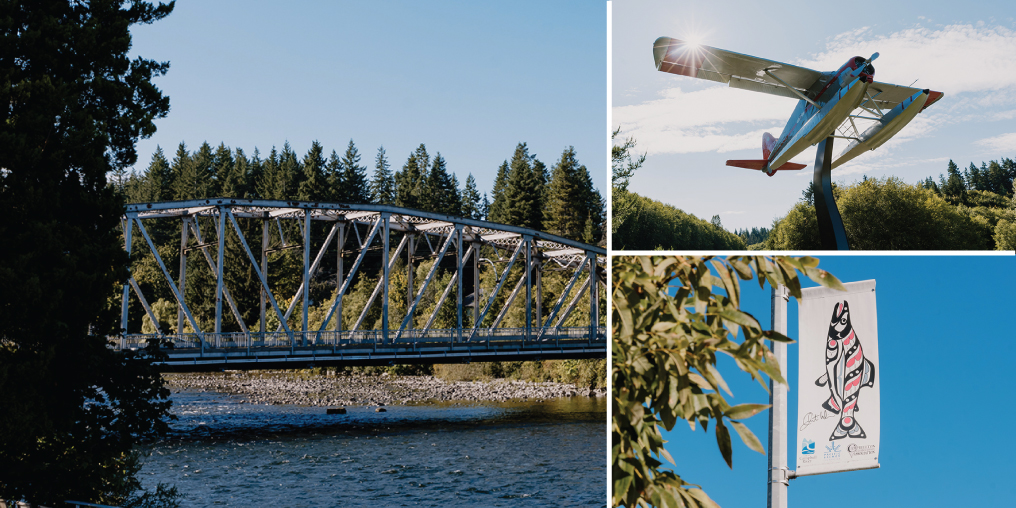
They began with a general clean-up of streets and sidewalks. As more enthusiastic residents joined, it became evident that a formal organization needed to be established. With the support of businessman Brian Shaw as its first Chair, the Campbellton Neighbourhood Association (CNA) was born in 2012.
From the CNA’s very inception, a partnership was formed with a Vancouver Island University (VIU) geography class under the guidance of Dr. Pam Shaw. Fifteen students and staff showed up on Campbellton’s sidewalks scribbling copious notes on their clipboards. It was from this welcomed collaboration that students drew up a plan to guide the early stage of a revitalization project, with progress being tracked today by a master’s degree student in the Geography Department.
The CNA began hacking broom and blackberries from the water’s edge. Campbellton’s first clear view of the river unfolded and a formal parkette and viewing platform were soon constructed, which was a restful retreat to contemplate the beauty of the engaging riverside.
The grubby little village began to reveal its charms—a liveable community now enhanced by street banners, 45 flower boxes that burst into bloom each summer, clean sidewalks, and street lights. Buildings that have been scrubbed clean or refaced are gradually affecting the current opinion of the old village.
In 2018, a newly elected Board, led by businesswoman Laurel Cronk, was inspired by what had been achieved and the opportunities that lay before her team. A second parkette beside the support arch of the Tamarac Bridge was envisioned, alongside a community park, a formal entrance to Baikie Island, and an interconnected trail system.
The most visual symbol of the CNA’s determination to give recognition to local history was fulfilled in 2022—after eight years of volunteer work, a reconstructed deHavilland Beaver floatplane that had operated from the Spit in the 1960s was set up on a pedestal on the Inland Island Highway median at the south entrance to Campbellton.
It was announced earlier this year that the CNA has been awarded almost one million dollars from the provincial tourism and arts ministry’s Destination Development Fund. This will enable them to move forward with the River Routes Parks Project—a plan to connect the village river trail to both the Greenways Loop and the Snowden Forest route. The wider community—and the province—now sees what the CNA and Campbellton residents had been seeing all along.

